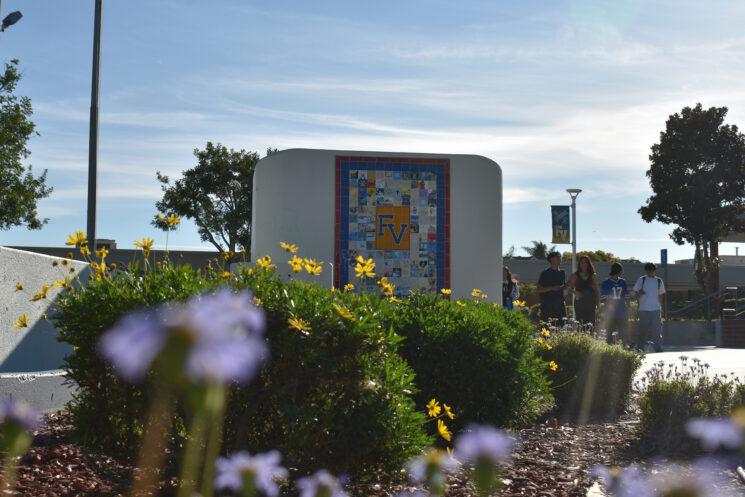
By Kevin Sears
Enhancing our campus with refreshing shade and delightful aromas, Fountain Valley High School’s (FVHS) lush vegetation adds a touch of beauty to our daily lives, making each day a bit more pleasant. For all the things these generous plants do to improve the school environment, the question remains: what exactly are they?
Felicia amelloides
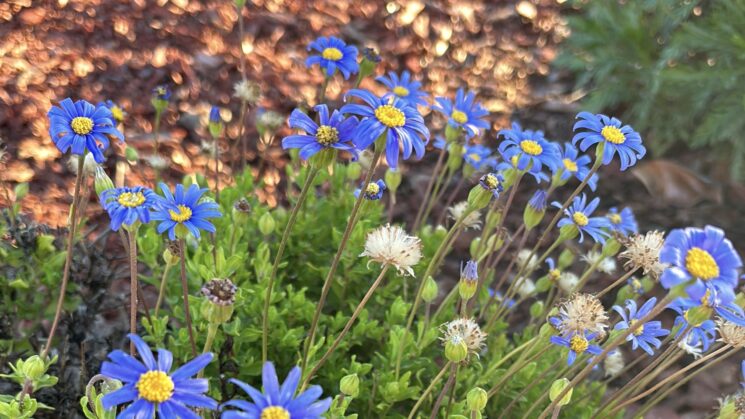
Etymology: Felicia is the neuter plural for felix meaning happy or cheerful in Latin. The plant’s etymology is uncertain, but amelloides is the species epithet meaning “like Amellus,” which is a similar genus from South Africa. A genus is the taxonomic used to classify more than one species under the same umbrella.
Location: The garden bed along the bowl
A bush of blue daisies, scientifically referred to as Felicia amelloides, is a subshrub native to South Africa that is grown for its flamboyant flower blooms. From its bright yellow core, the flower’s thirteen petals protrude outwards with a sky-blue pastel. While fragile, Felicia amelloides are often grown in flower beds or city gardens for its durability, pest resistance, and lack of maintenance. The plant thrives in poor, well-drained soil that is watered regularly. The flowers can grow up to 12-24 inches and bloom regularly during the summer into fall, attracting bees and butterflies.
Euryops pectinatus
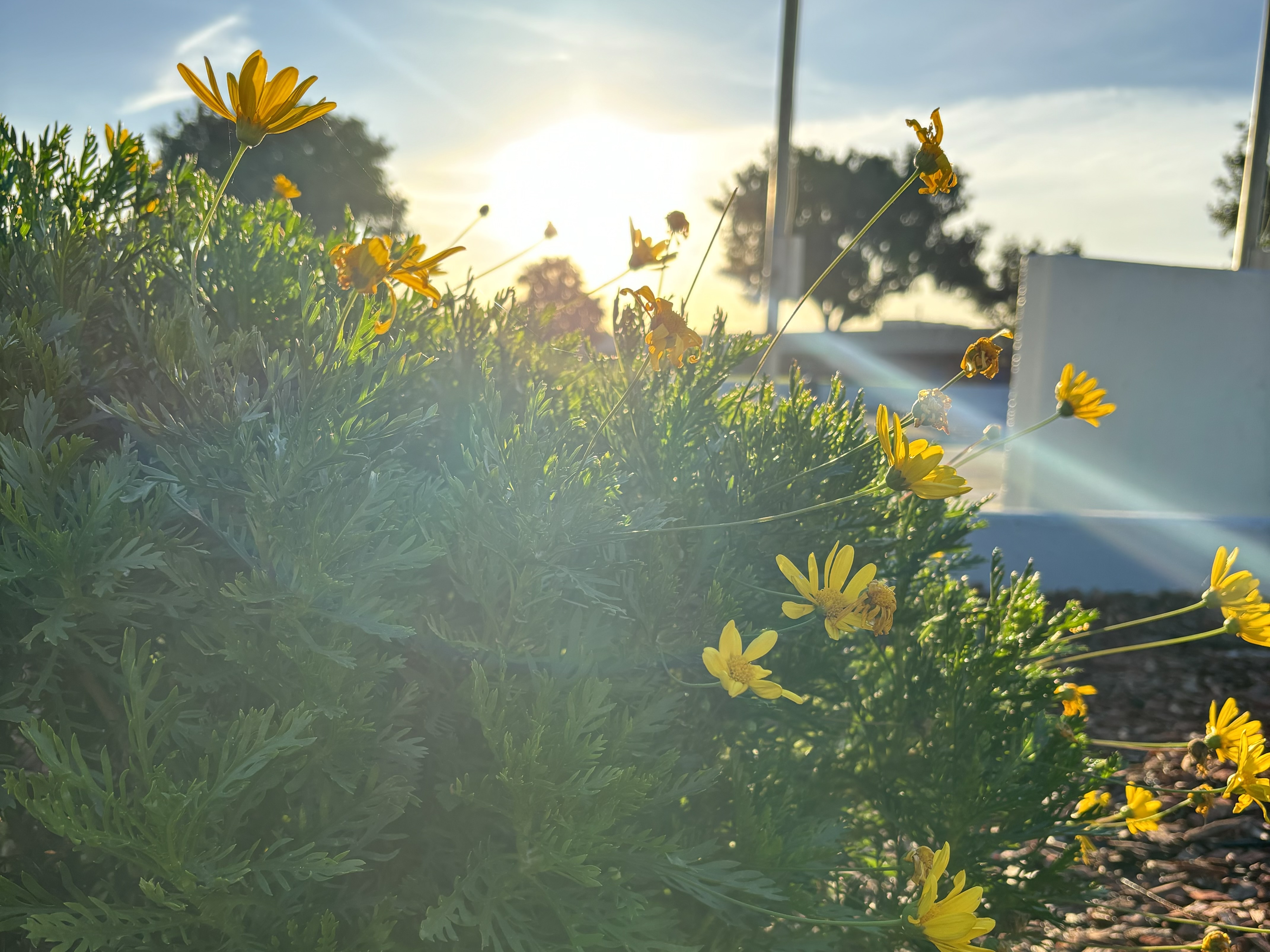
Etymology: Euryops from the Greek eurys, means ‘large’ and ops meaning ‘eye.’ Pectinatus is latin for ‘pectinate’ defined as narrow divisions suggestive of a comb. The pectinatus refers to the leaves of the plant.
Location: The garden bed along the bowl
Blooming almost year-round, the golden shrub daisy, Euryops pectinatus, blooms a cluster of bright yellow daisies attracting critters such as bees and butterflies. The golden shrub daisy is native to South Africa, but due to its fast-growing, pest resistance, and low maintenance, the plant has become a common customer of flower beds, coastal gardens, and even the FVHS planter. The evergreen can grow up to 1.5 meters in height with a distinct gray-green foliage.
Magnolia grandiflora
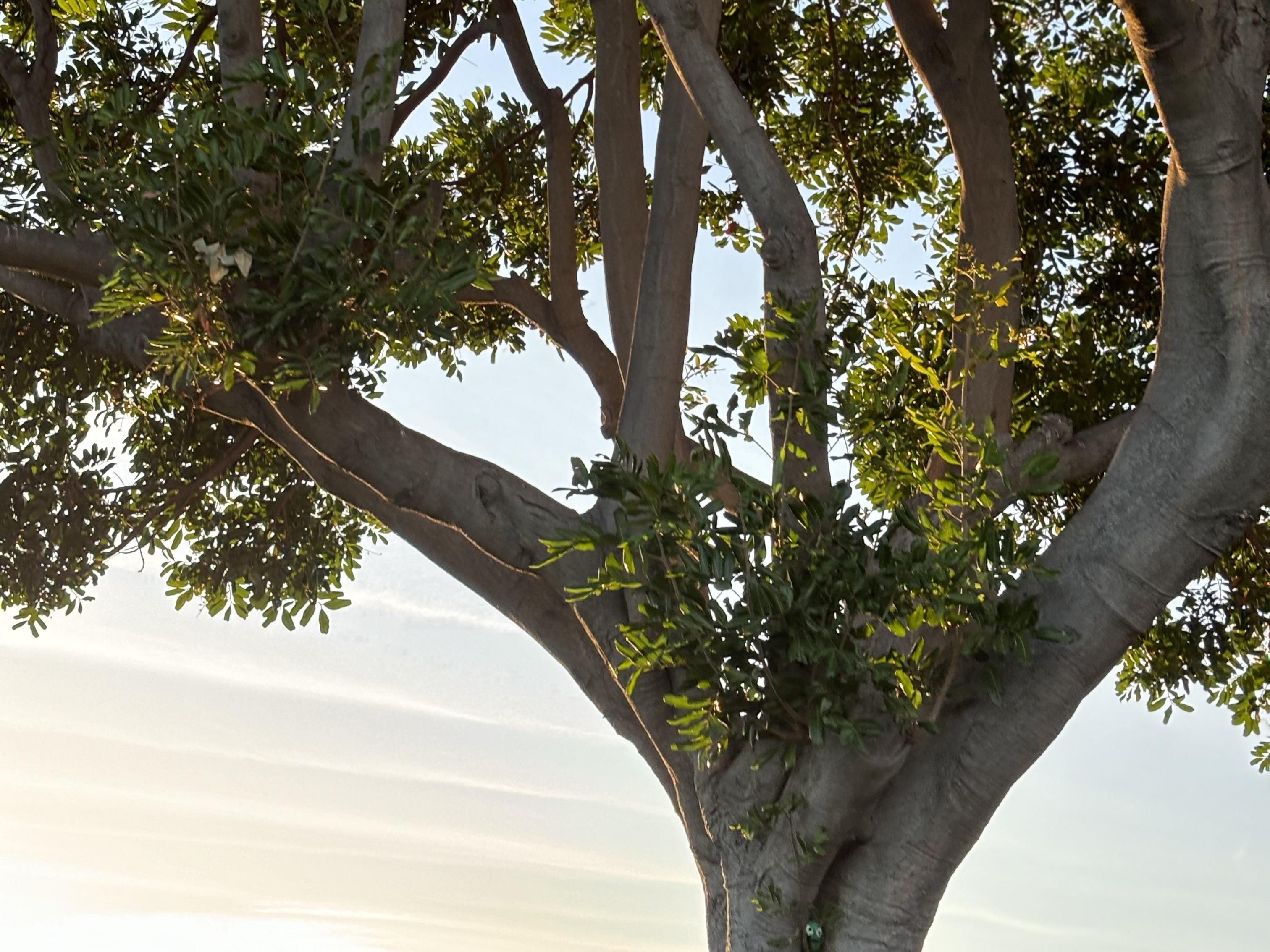
Etymology: Magnolia is the plant genus native to Asia and eastern North America. Grandiflora is an adjective used to describe plants that grow very big flowers.
Location: In front of the office facing the bowl.
The Southern Magnolia, Magnolia grandiflora, is an evergreen tree from southeastern United States. The tree propagates large, fragrant and cup-shaped white flowers with a yellow podded core that can grow 8 inches in diameter. The tree is relatively fast growing, pest free and has a long lifespan, which has made it a popular ornamental and shade providing tree. Especially among small animals and birds who feast upon and find shelter in the plant’s foliage such as doves, woodpeckers and quails.
Helianthus californicus
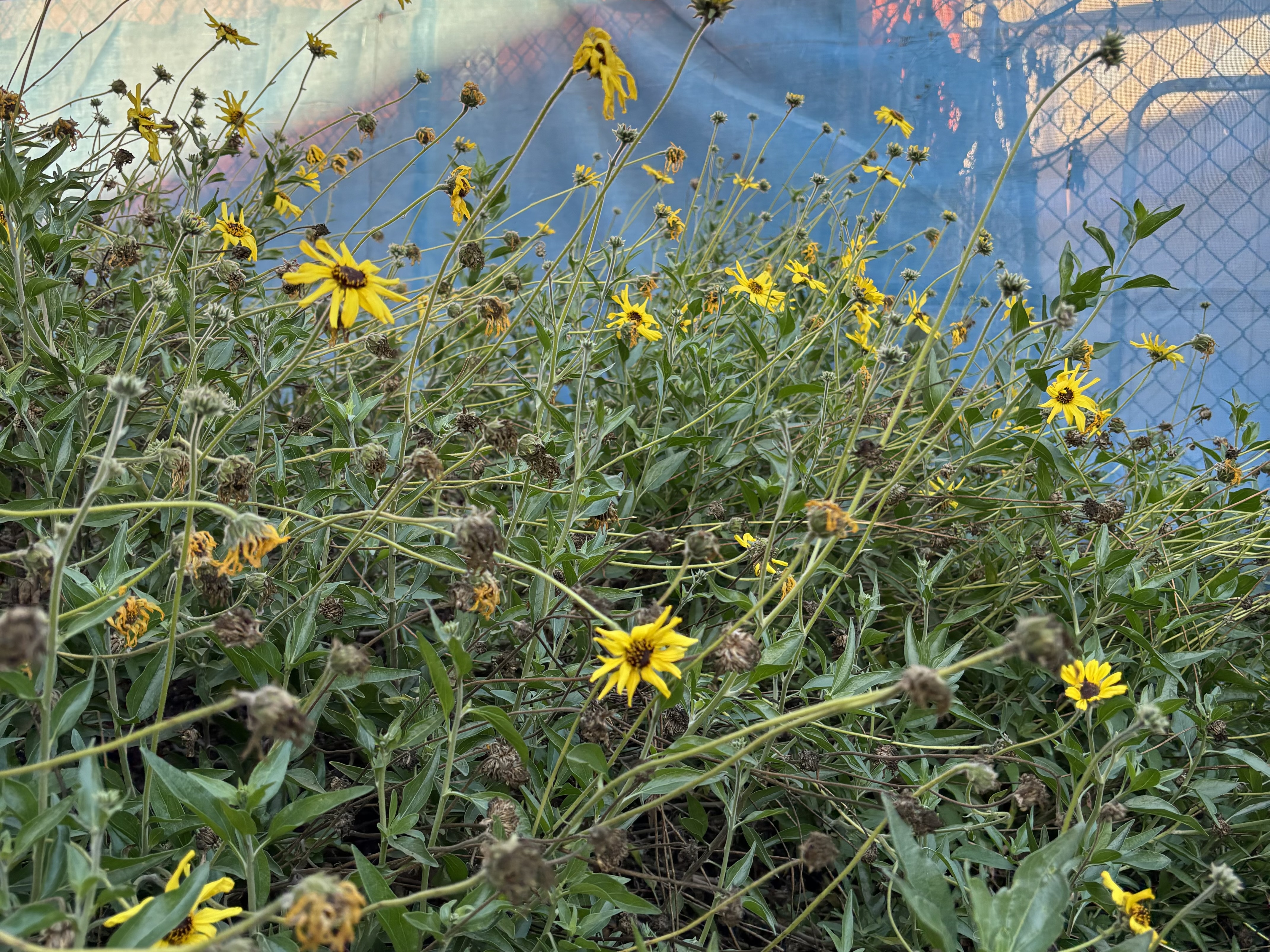
Etymology: Helio meaning sun and antho meaning flower, helianthus is a genus characterized by large flower heads with dark disk florets and vibrant yellow petals.
Location: Tucked away at the back of the school inside the Ecology Club garden.
The California sunflower, or Helianthus californicus, grows to a height of 1-3 meters, with golden yellow flowers that spray outwards from a yellow and brown disc floret center. A perennial herb, the plant flowers during summer and fall, supporting wildlife such as birds, bees, butterflies, and caterpillars. The sunflower grows naturally in dry, rocky places, marshes and streambanks.
While we should appreciate the charm and vitality these plants contribute to campus, it is disheartening to acknowledge that many of these plants are invasive, causing harm and suppressing our Californian natives.
Taking the initiative, the Ecology club has begun planting California natives in the English hall planters. Nurturing indigenous plants such as ribes, sticky monkey flowers and heucheras.
“We should plant some of our grass areas with California native grasses. We have Kentucky Bluegrass which is not native. The grass isn’t too bad because it doesn’t require too much water, but it’s not great. It demands more water than a native wood,” science teacher Lisa Battig said. “So I would love to see us plant a couple of small areas with some native grasses I think would look really lovely and it would require less water and be a little easier.”
Embrace the effort to make the school more indigenous by joining the Ecology Club!





